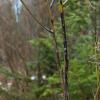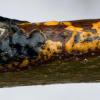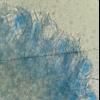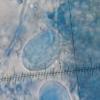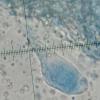
15-12-2025 07:09
 Danny Newman
Danny Newman
indet. Rutstroemiaceae sp. on unk. fallen leavesMc

18-12-2025 21:17
Pol DebaenstThe identification took me to Byssonectria deformi

19-12-2025 10:10
Patrice TANCHAUDBonjour, récolte réalisée en milieu dunaire, a

18-12-2025 17:23
 Bruno Coué
Bruno Coué
Bonjour,je serais heureux d'avoir votre avis sur c

18-12-2025 18:07
Margot en Geert VullingsThese plumes were found on rotten wood.They strong

17-12-2025 18:35
 Michel Hairaud
Michel Hairaud
Bonjour à tous/Hi to everyone I am passing along

15-12-2025 15:48
 Danny Newman
Danny Newman
Melanospora cf. lagenaria on old, rotting, fallen

15-12-2025 15:54
 Johan Boonefaes
Johan Boonefaes
Unknown anamorph found on the ground in coastal sa

15-12-2025 21:11
 Hardware Tony
Hardware Tony
Small clavate hairs, negative croziers and IKI bb
I found this on live Salix sp. Ascii without spores 90-115 x 17-20 µm.
Palo

I would say definitely 'yes'. There is some interesting information here:
http://www.artsdatabanken.no/File/1042/Granmo%20A.%202011%20Den%20g%C3%A5tefulle%20Cryptomyces%20maximus.%20Blyttia%2069;%20145-149
and
http://www.somerton.f2s.com/pfrn/4-2010.pdf
In Britain is is very rare with Pembrokeshire (SW Wales) being a stronghold. I remember finding it there in 1987 and British mycologists getting very excited. Interestingly it seemed to be more or less restricted to twigs of 'sallows' (Salix caprea / S. cinerea) which had been nibbled by horses.
best wishes
Chris
thank you very much
With Best Wishes,
Palo
p.s. The twigs of Salix sp. has been nibbled maybe by deer

